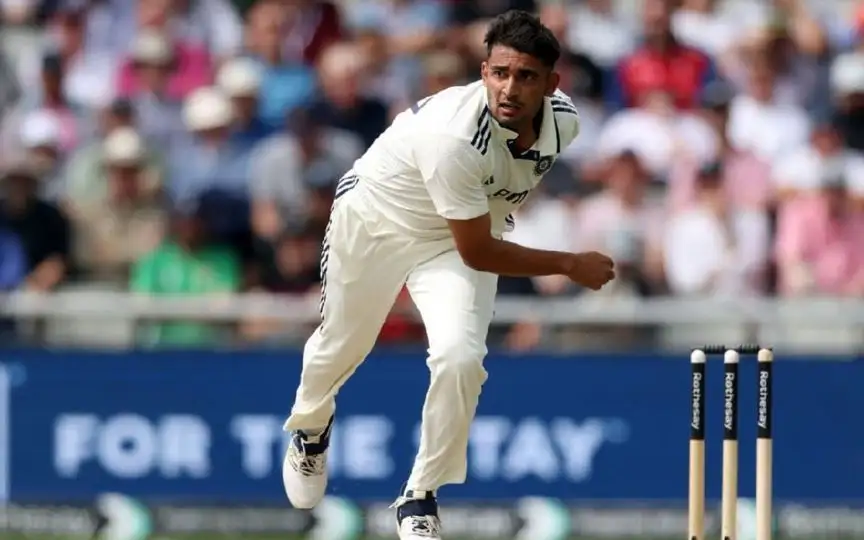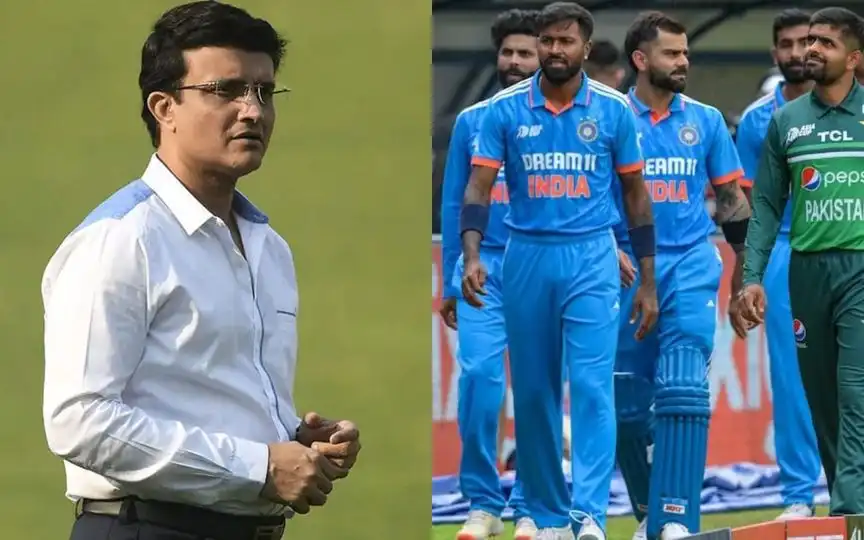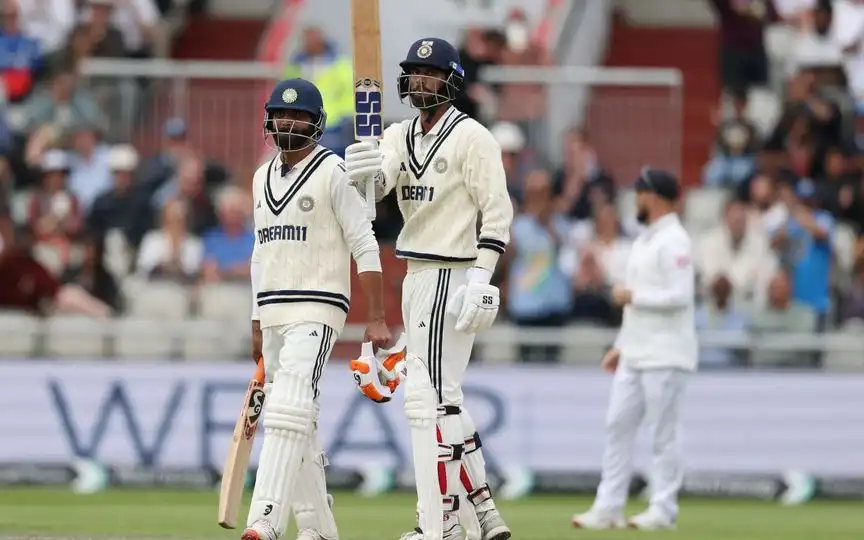 Mohammed Shami and Anshul Kamboj - (Source :@Johns/X.com)
Mohammed Shami and Anshul Kamboj - (Source :@Johns/X.com)
It has been a dramatic few weeks for the Indian fans. The visitors have gone from being close to conquering Lord's to stand on the brink of a defeat in Manchester and a series defeat in England.
Injuries have been a key reason behind the disappointing results for the Shubman Gill-led side, but it is the replacements that have raised eyebrows and made the fans question selection.
The omission of Mohammed Shami from India’s squad for the 2025 England Test tour drew sharp criticism. However, since Anshul Kamboj's debut and the right-arm seamer struggling for pace alongside Jasprit Bumrah's struggle for fitness, the reasons for Shami's exclusion—fitness and workload concerns—appear increasingly inconsistent in light of the selections made and on-field performances.
Fitness Claims: Selective Application
Selectors, led by Ajit Agarkar, asserted Shami was unfit for the demands of a five-Test series, citing a recent setback in his recovery and insufficient bowling workload. While Shami had indeed struggled with injuries- last Test being in June 2023—reports suggested he was training diligently to regain full fitness in hopes of leading the attack alongside Bumrah. Shami had even made an international comeback in Champions Trophy 2025 and was included in Bengal’s provisional domestic squad, showing intent and partial recovery.
However, this logic seems selectively enforced looking at what has happened so far on the tour. By the same logic, Bumrah shouldn't have been selected as the right-arm seamer himself is managing persistent injury issues—he visibly limped and suffered an ankle scare during the fourth Test, and saw his pace and effectiveness diminish, rarely breaching the 135km/h mark. Further, the 31-year-old planned to play in only three matches due to his own workload management needs. The double standard here is hard to ignore as both players are match winners in their respective case.
Anshul Kamboj’s Pace Problem
Anshul Kamboj was picked as an injury replacement, praised for his domestic performances and recent India A outings. Yet, in the Old Trafford Test, his debut exposed worrying deficiencies. Kamboj struggled to maintain pace, averaging just 125–129km/h—well short of the 135km/h mark touted as the new Indian benchmark.
Kamboj bowled slower than Marnus Labuschagne’s part-time pace. Only a single ball in his spell approached 134.5km/h, and that, too, was the exception. His diminished effectiveness was obvious to viewers and pundits alike, with many wondering if he was carrying a niggle himself or simply not ready for this stage.
Irrespective of this, it made the fans wonder and rightly so, that if the management were willing to allow a bowler with 125 kmph speed play in a crucial Test, then what wrong did Shami did?
The Equity Issue: Was Shami Really Less Ready or Riskier?
Shami’s Test record in England is substantial—42 wickets in 14 matches, including standout performances in 2018. While his recent form in IPL 2025 was below par, there is little to suggest he would not have at least matched, if not exceeded, the output of a debutant averaging under 130km/h.
If injury risk and inability to bowl long spells were the real barometer, then the inclusion of Bumrah, who is arguably India’s most fragile fast bowler, undermines the “fitness first” rationale. It’s especially concerning given the dire need for experience and pace on English pitch in a tough series.
Conclusion
Given the facts, Shami’s exclusion appears unjustified. The management’s claim of fitness and speed issues is exposed when: The replacement bowled as slow as 125km/h, lacked control, and left the attack exposed.
Jasprit Bumrah, with similar if not more severe fitness concerns, not only toured but led the attack at a reduced pace and was openly managed for workload. India's bowling, previously an area of strength, faltered—mirroring past away tour struggles—largely because replacements lacked pace and experience.
Shami, even at 85–90% fitness, would likely have been more threatening than Kamboj (currently under-powered) if not Bumrah (operating at 125–135km/h in Manchester). The selectors’ inconsistency in applying fitness and pace criteria has rightly raised questions about the justification for Shami’s omission, painting it more as a case of poor management than player unavailability.




.jpg?type=mq)
